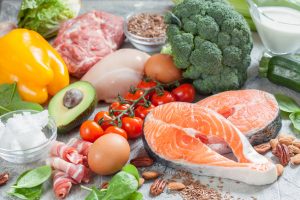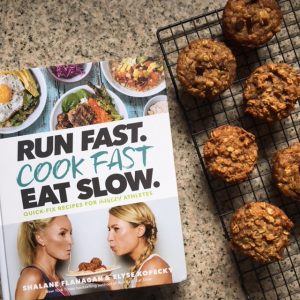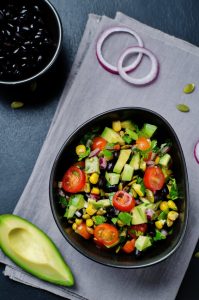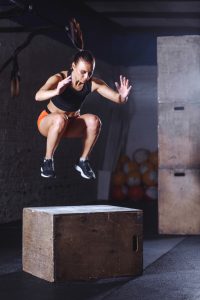Many people are constantly searching for the most effective workouts to lose weight as quickly as possible. Unfortunately, this “magic” workout does not exist—different methods work for different people. However, there are certain parameters that one must focus on in order to achieve a successful weight-loss program. Although it is not considered part of the “workout” section of a weight-loss program, if your diet is not in check you will most likely not lose weight. Ask your physiologist for any recommendations they have to help kick start your journey to a lighter, healthier body.
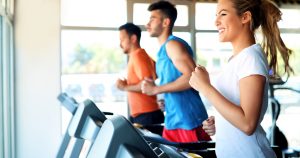
Your first and most important priority with any weight-loss workout is cardio—increasing the number of times your heart beats per minute (through physical activity) for a prolonged period of time is essential to increasing your caloric deficit. Caloric deficit refers to a higher amount of calories being burned from the body versus the amount of calories being taken in through eating and drinking. That deficit is what causes our body to recruit calories from fat stores within us as metabolic fuel for normal bodily functioning and activity. Therefore, doing cardio or moderate-intensity physical activity most days of the week will benefit you by helping create a larger caloric deficit. According to numerous studies, including a 12-month study by Chambliss et al, exercise duration (at least 150 minutes per week) was more important than vigorous versus moderate intensity exercise to achieve weight-loss goals (1).
On average, a moderate intensity cardio workout of 30 minutes at a heart rate zone between 50-80% of a person’s heart rate reserve (HRR) can burn anywhere between 200-300 calories depending on intensity. Other factors that determine the rate of calories burned include age and mass. However, not only should a person attempting to lose weight perform moderate cardio or physical activity on most days of the week, they should also train one or more times at a higher intensity in order to improve their metabolic functioning. Some research experiments, including one by Yoshioka et al. explain that high intensity versus moderate intensity exercise yields significant benefits on post-exercise oxygen consumption (EPOC) as well as on fat oxidation (3). What this means is that high intensity training causes a person’s body to burn calories at a faster rate after exercise as well as specifically burn fat more effectively. Both of which have positive benefits in relation to weight-loss.
Another overlooked but important component of any “great” weight-loss workout includes resistance/strength training. Building strength in the muscles that we use to perform our cardio exercises benefits us by improving our tolerance for work intensity and improving muscle endurance to last longer with our workouts. According to one study, 45 minutes of strength training created a greater EPOC and fat oxidation during the 2 hours after the exercise session (2). This means that for two hours post-strength training, one can increase his or her metabolism and rate at which fat is burned.
In conclusion, there is no “perfect” workout for weight-loss. Involving moderate and vigorous cardiovascular training sessions, day-to-day physical activity, and strength training combined with a proper diet are the keys to making your weight-loss program an effective one.
By Anthony Locast
Sources
- Chambliss, Heather O. “Exercise duration and intensity in a weight-loss program.” Clinical Journal of Sport Medicine15.2 (2005): 113-115.
- Da Mota, Gustavo Ribeiro, et al. “Strength training and weight loss.” Journal of the Health Sciences Institute28.4 (2010): 337-340.
- Yoshioka, M., et al. “Impact of high-intensity exercise on energy expenditure, lipid oxidation and body fatness.” International Journal of obesity25.3 (2001): 332.

